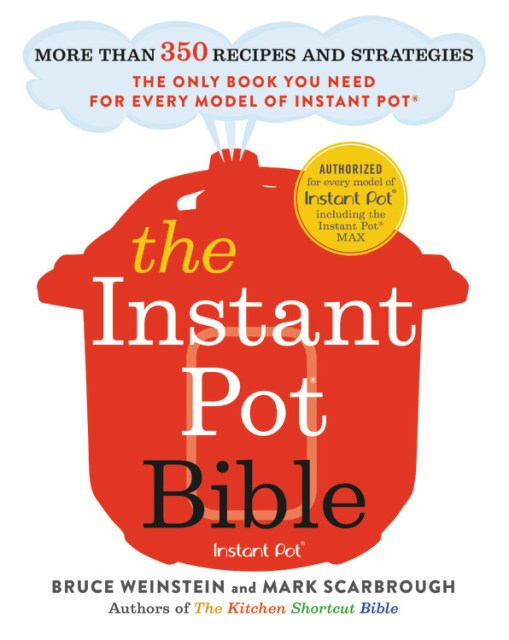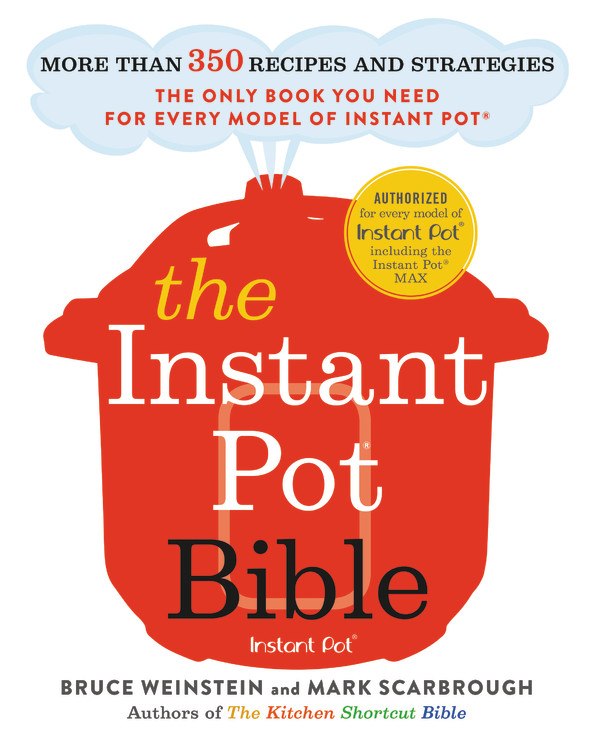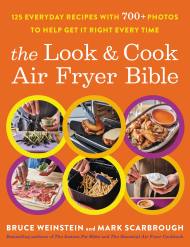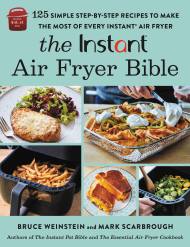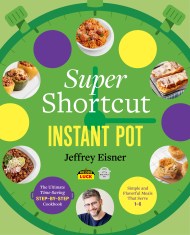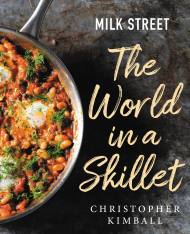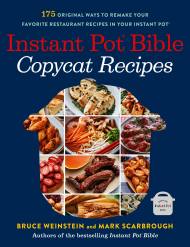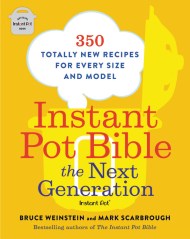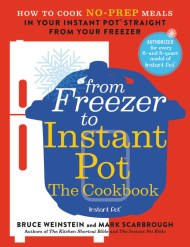Promotion
Use code BEST25 for 25% off storewide. Make sure to order by 11:59am, 12/12 for holiday delivery!
By clicking “Accept,” you agree to the use of cookies and similar technologies on your device as set forth in our Cookie Policy and our Privacy Policy. Please note that certain cookies are essential for this website to function properly and do not require user consent to be deployed.
The Instant Pot Bible
More than 350 Recipes and Strategies: The Only Book You Need for Every Model of Instant Pot
Contributors
Formats and Prices
- On Sale
- Oct 2, 2018
- Page Count
- 496 pages
- Publisher
- Voracious
- ISBN-13
- 9780316524612
Price
$21.99Price
$27.99 CADFormat
Format:
- Trade Paperback $21.99 $27.99 CAD
- ebook $12.99 $16.99 CAD
This item is a preorder. Your payment method will be charged immediately, and the product is expected to ship on or around October 2, 2018. This date is subject to change due to shipping delays beyond our control.
Buy from Other Retailers:
More than five million people worldwide use Instant Pots to get food onto their table fast. But only The Instant Pot Bible has everything you need to revolutionize the way you cook with your favorite machine. Every one of the 350+ recipes gives ingredients and timings for all sizes and models of Instant Pot, including the Instant Pot MAX, which cooks even more quickly. And you get exciting new recipes that utilize the MAX’s unique Sous Vide setting.
The Instant Pot Bible is the most comprehensive Instant Pot book ever published, with recipes for everything from hearty breakfasts to healthy sides, from centerpiece stews and roasts to decadent desserts. Bestselling authors and pressure-cooking experts Bruce Weinstein and Mark Scarbrough offer customized directions and timings for perfect results every time. And many recipes can also use the slow-cook setting to let the machine cook while you do other things.
These innovative “road map” recipes for classics such as vegetable soups, chilis, pasta casseroles, oatmeal, and more let you customize flavors and ingredients to make each of your family members’ favorites. Need dinner in an instant? No problem-more than 175 recipes come together in just a few minutes or just a few steps. Not to mention vegan and vegetarian, keto-friendly, and gluten-free options galore.
The Instant Pot changed the way you cook. The Instant Pot Bible helps you make the most of it.
For the complete guide to cooking meals in your Instant Pot with ingredients straight out of your freezer, don’t miss their latest book: From Freezer to Instant Pot.
Genre:
Series:
-
"While most cookbooks are just a collection of recipes, this helpful guide offers directions for each Instant Pot device on the market while also teaching you how to customize your favorite recipes. You'll also discover a range of dishes designed for vegetarian, vegan, keto, and gluten-free diets."Food & Wine
-
One of the 9 Best Instant Pot Cookbooks (Epicurious)
-
"Organized by functions on the Instant Pot, as well as by dish. So if you're not sure what you want to make but you have been dying to try the sous vide method, or you want something that will pressure cook in under 20 minutes, you can flip right to those chapters. For those of us who want an easy, hands-off staple, turn to... options for for vegetarians and omnivores alike."Epicurious
Newsletter Signup
By clicking ‘Sign Up,’ I acknowledge that I have read and agree to Hachette Book Group’s Privacy Policy and Terms of Use
